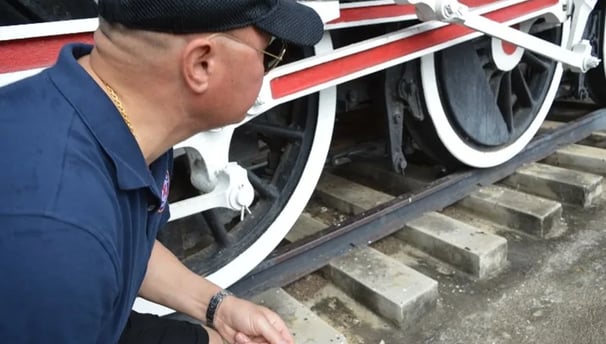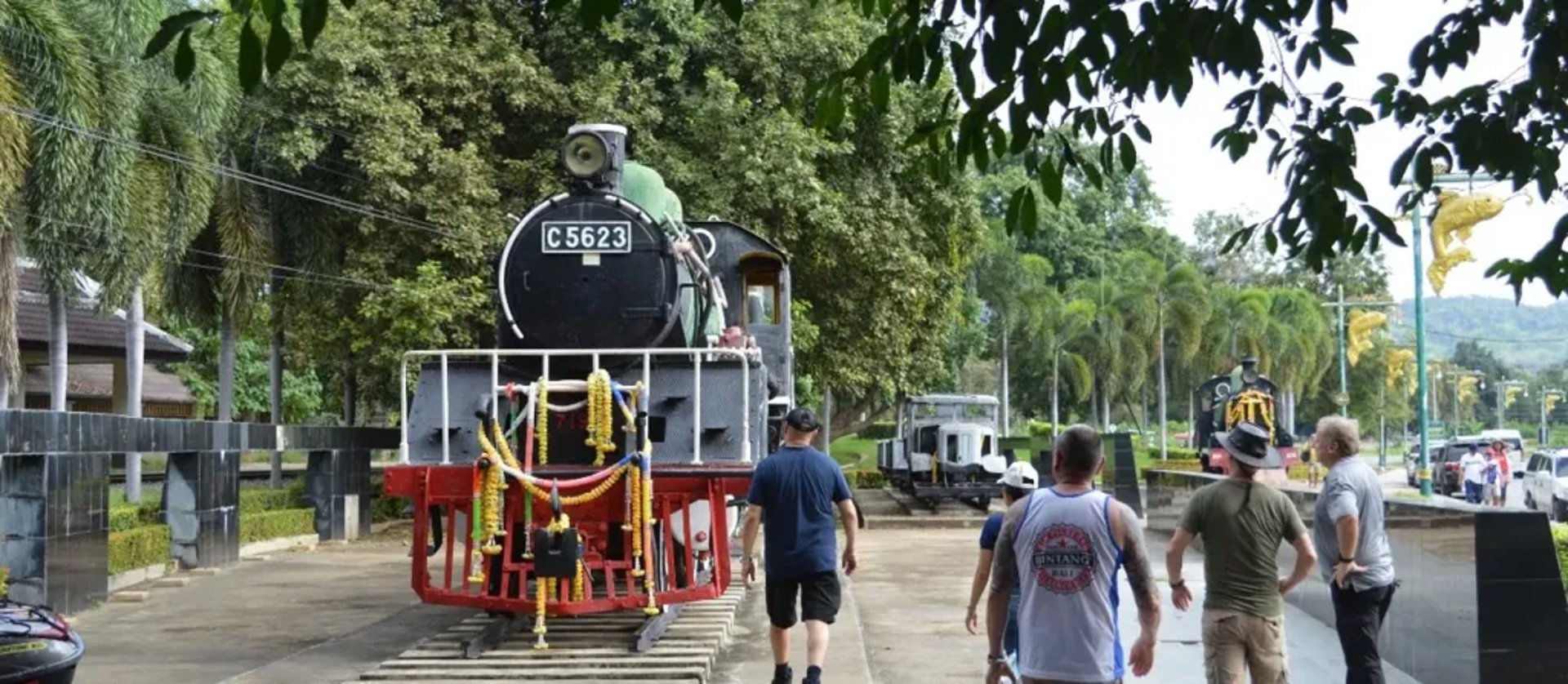
Post-War Railways
Echoes of History
Episode 7: Steam Trains of Kanchanaburi
Join us on a journey through the history of the Death Railway, a 415-kilometer railway line constructed during World War II by Allied prisoners of war (POWs) and forced laborers under the orders of the Japanese Imperial Army. This railway played a crucial role in the Japanese invasion of India and is a testament to the sacrifices made by those who fought and died during its construction.
DUNLOPS RESEARCH TRIP 1INSIGHTS IN THEIR FOOTSTEPS BLOGWW2 HISTORY
1/3/20242 min read
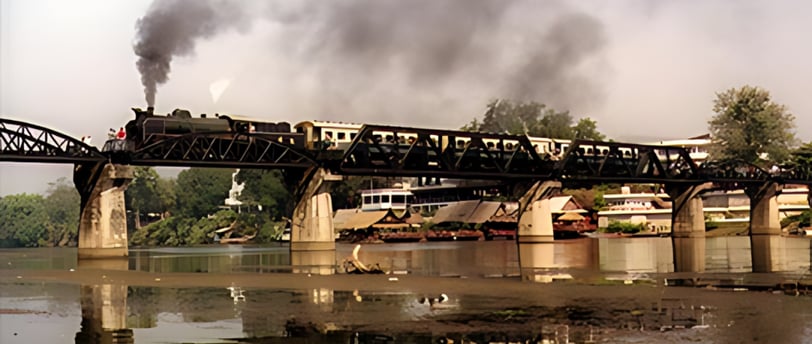

In this episode, we delve into the post-war era of Kanchanaburi's railway tracks, where steam trains carried echoes of the region's tumultuous past. The adaptation and ingenuity required to maintain the railway network during this period are highlighted, showcasing the resourcefulness of engineers and technicians in ensuring smooth operations.
Today's Remnants
Just a short 150-meter walk from the famous River Kwai Bridge lies a hidden gem for railway enthusiasts - the Kanchanaburi Steam Trains. This open-air museum showcases a collection of vintage steam locomotives and rolling stock, offering a glimpse into the region's railway history.

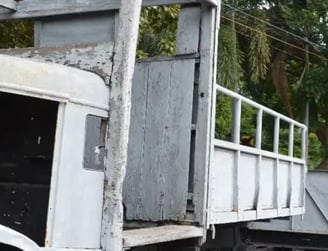
Short Walk
Post-war era
The trains on display are remnants of the post-war era, when Kanchanaburi's tracks bore witness to a new generation of steam-powered locomotives. These machines, though distinct from those used during the war, carry echoes of the region's tumultuous past, serving as tangible reminders of the resilience and adaptability of the railway network.
Visitors can explore the locomotives up close, marveling at the intricate engineering and the sheer power of these steel giants. The museum also features informative displays and exhibits that delve into the history of the railway, providing context and insights into the challenges faced by engineers and technicians in maintaining and operating these trains.
The Kanchanaburi Steam Trains offer a unique opportunity to step back in time and connect with the region's rich railway heritage. Whether you're a train enthusiast or simply curious about the area's history, this museum is a must-visit destination, just a short walk from the iconic River Kwai Bridge.
Visitors can explore trains up close
Adaptation and Ingenuity
Operating these post-war steam trains required adaptability and ingenuity. The need to modify rail wheels to accommodate differing gauges exemplified the resourcefulness of engineers and technicians tasked with ensuring smooth railway operations. This adaptability was crucial in maintaining the railway network, which played a vital role in the region’s economic and military activities.
Adapting the Rail to Fit the Track
The Japanese are shown modifying the locomotives to fit the narrow gauge tracks. This involved adjusting the wheel spacing and components to match the narrower gauge. The photo captures the engineering expertise and attention to detail required to ensure the locomotives function effectively on the railway.
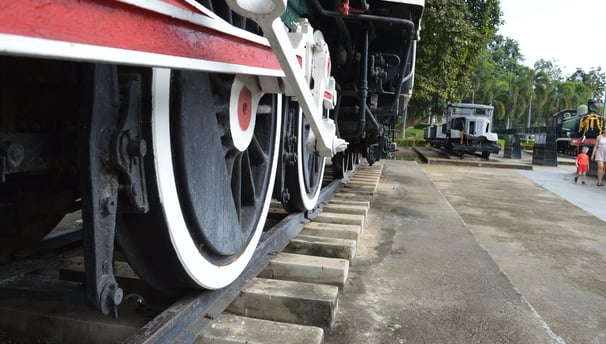

Adapting to the Environment
Sgt Ward inspects the railway tracks and wheels to assess their condition and suitability for the narrow gauge of the Burma-Thailand Railway. This inspection is crucial for identifying any issues that could affect the operation of the adapted trains.
